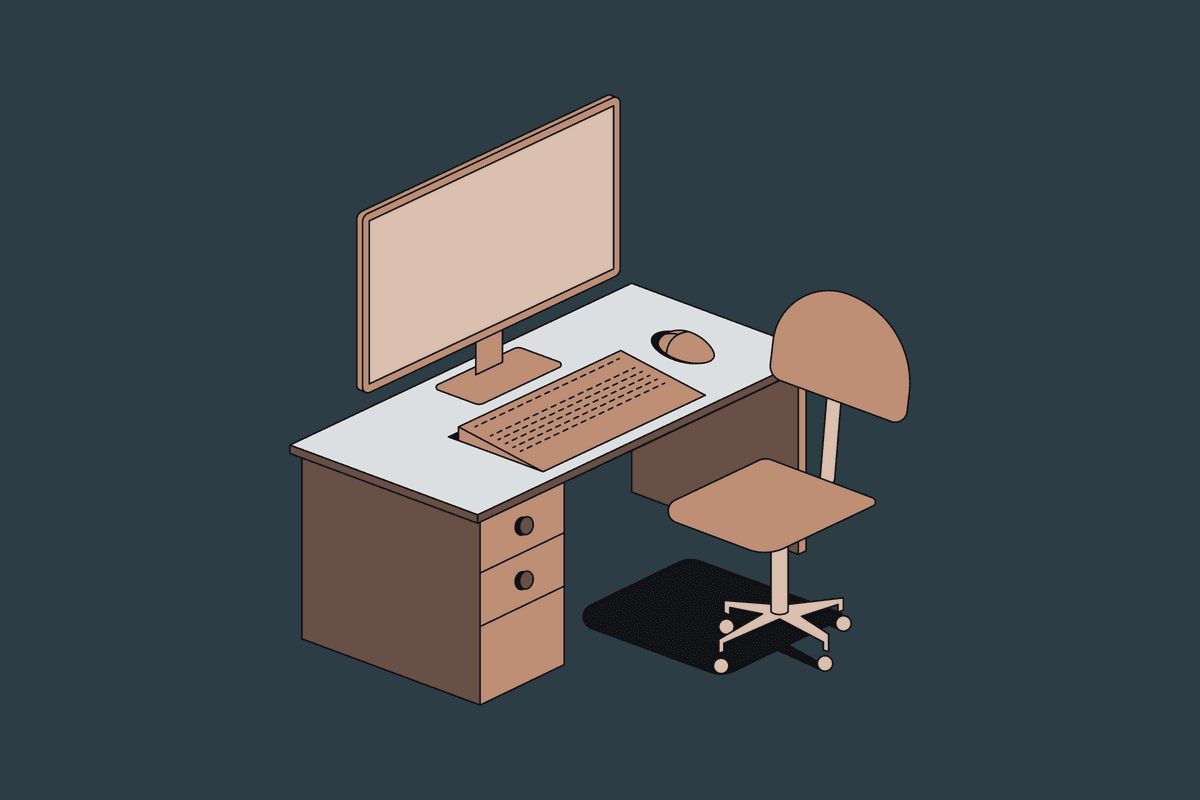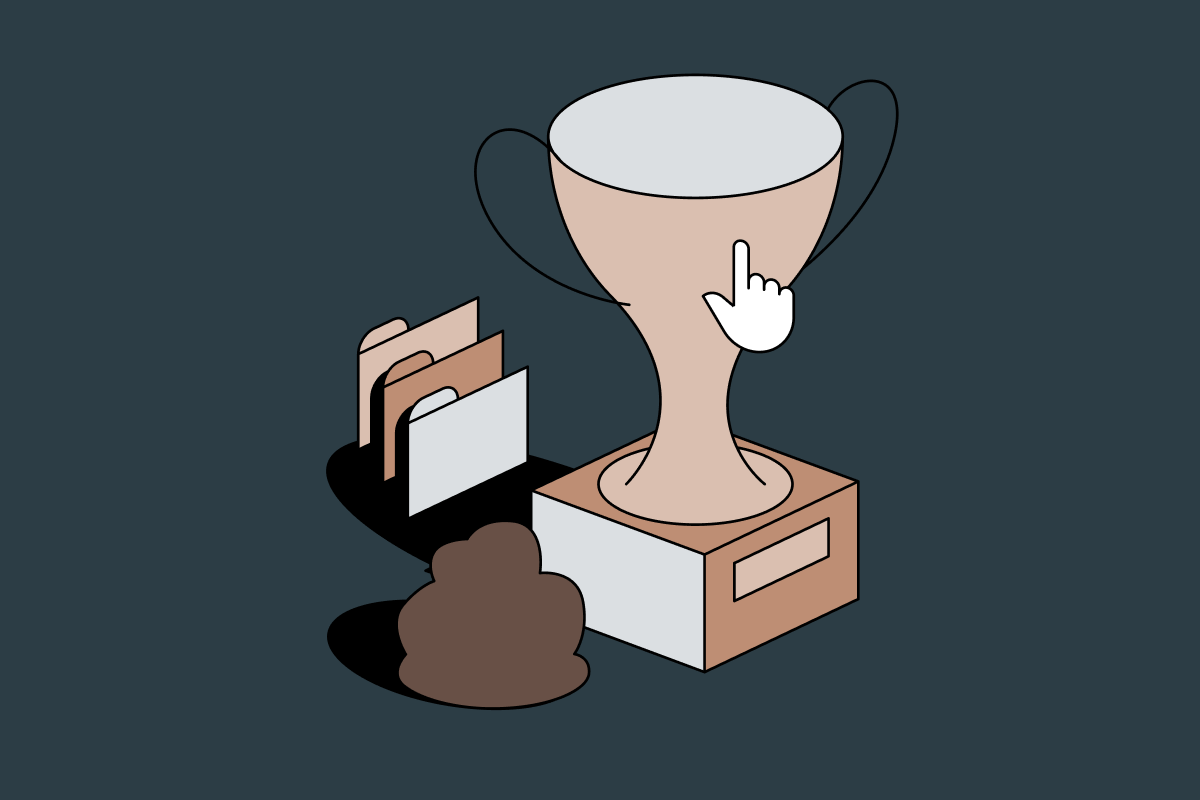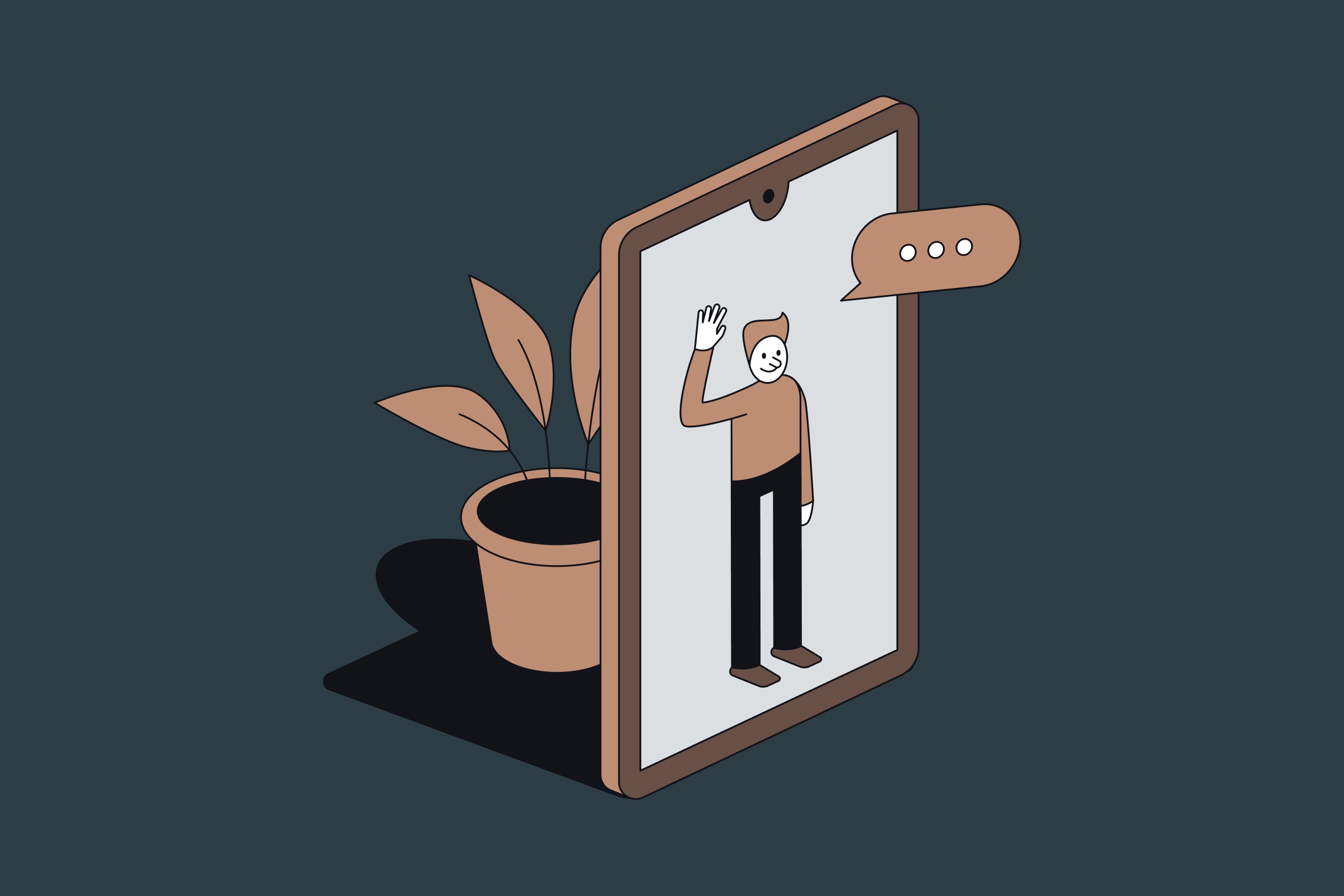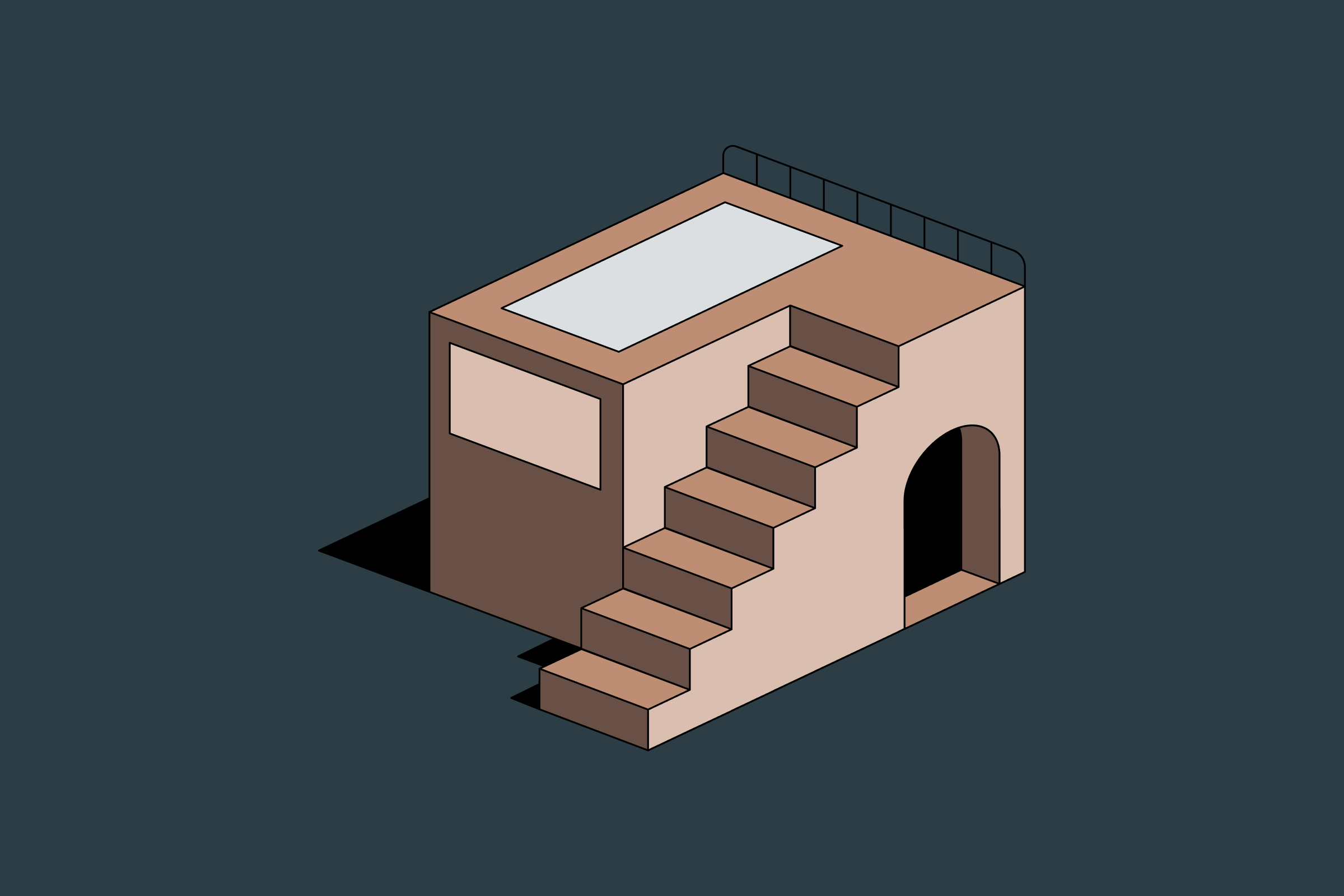Those that have managed designers or who have hired one for a freelance project know that not every project goes smoothly. This often isn’t a lack of skills or experience on the designer’s part, but a lack of properly managing the designer’s role in the project. A designer’s involvement should be more than just providing them with a timeline and expected deliverables. One common cause of problems is a misunderstood task: a manager (or client) and a designer simply don’t understand what they want from each other. This leads to mutual dissatisfaction and poor performance. This may seem obvious, but passing tasks to designers is much easier when you have a clear understanding of the desired output and design process.
Understand Their Interests and Expertise
What is the area of interest of the designer you are working with? What are their best projects and craft? There definitely should be tasks that the individual does with enthusiasm and deep expertise, and the ones which they struggle with. It’s good to understand the profile of the designer you are working with.
There are generalists and designers with rather narrow but deep expertise. Ones who tend to work with a limited set of fields would predictably perform better than others. But they can also refuse to work with something out of their domain if you work with hired designers. So if there’s a lot of different kinds of work ahead, generalist should be a better choice. There are also T-shaped specialists, designers who mastered one craft, but proficient in many.

The best ideas emerge from combining insights from fields that don’t seem connected. A T-shaped designer can make those connections and lead collaborative projects to push forward innovative work.
Provide Context and Background
It may seem unnecessary to provide lots of background information just to solve a relatively small task, but the more a designer knows about a project, the better the individual solves problems.
Around any project – especially an interactive product such as a website – there is always a lot of context. Information about the project, both internal and external. Everything that does not directly apply to the task or problem but explains the surrounding processes. Dan Hill in “Dark Matter and Trojan Horses: Strategic design vocabulary” calls this ‘the meta’ and the artifact – design itself – ‘the matter’. Design work swings from meta to the matter and back again. While meta – the context – may seem static and left untouched by designers, in reality, meta is being richly informed by the detail of work conducted at the matter level.
Imagine working on a website and finding out something unexpected about the target audience’s needs and pain points – this can lead not only to change in the website but in the sales approach at the company. Designers dig really deep in user research which can bring some insights to stakeholders. This two-way communication is a great opportunity for big wins.

Context is especially important when the task is complex or uncertain. There are many aspects that are important to consider when designing interactive products, including people’s capabilities, their background, experiences and preferences, the activities they want to do, as well as their environment and social settings. It is possible to make a design that fits the requirements of the task, but it can’t be accepted because it does not take into account the context.
Regular meetings are also a great way to share important information about the project. How an already implemented solution works? Was there something in the past that is connected to the existing problems? Is there something in the market that is emerging? All of these things may seem too specific, but they’re not. Designers should always be aware of what is happening inside and outside the project – otherwise, it would be just thoughtless digital decorating or following strict instructions.
Regularly Communicate with Designers
Design should never happen in isolation. Communication is perhaps the most important thing in a designer’s work as a way to provide clarification, inspiration, and validation. In order to create a working solution, the designer needs to ask the right questions, constantly adjust their progress, and analyze the provided information on the topic. It is impossible to imagine the work of a designer without including stakeholders, be it a product manager, a client, or an engineer. This communication can be extremely informal such as stand-ups over a Slack channel or as part of a design sprint process.

If possible, make the designer your partner, involve them in discussions as early as possible. Offer to participate in decision-making and ideation. This is especially important in the long term projects to build trusting relationships where you don’t perceive people just as performers but as like-minded people.
It’s an important factor for making an open environment that directly contributes to innovation in business. Such teams learn faster, generate ideas more easily, and are more willing to implement them. It also helps you keep strong designers on your team.
Resist the Urge to Micromanage
Designers can become discouraged when a stakeholder believes that only they deeply understand the user’s problem and know exactly how to solve it. In this case, the designer becomes essentially just a tool used to execute instructions.
According to Marli Mesibov, VP Content Strategy, Mad*Pow in her article, When Designers and Stakeholders Collide, “the best stakeholder relationships allow both parties to be heard. They are respectful, project-focused, and allow for discussion and questioning.”
Micromanagement might also seem like a good idea if a lead designer is managing the tasks of a junior designer. While the junior team member likely needs more guidance and supervision, they should still be given the ability to use their own judgment and strategies to accomplish a task.
Make Sure That Everyone Aligns on What is a Priority
Sometimes the idea of which of the edits and to-dos is more important can differ. For example, if we are dealing with a product or website in the field of jurisprudence, some notes in a small text can cost hundreds of thousands of dollars if they are forgotten. However, for a designer, their importance can be on par with the tone of the button color.

Use Design Artifacts to Review and Correct
Artifacts are one way to understand what a designer is thinking, and to make sure that the task is understood correctly and is progressing in the right direction. Design artifacts help to ensure alignment with all team members but are not intended to be seen by the end-user. These can include customer journey maps, task flows, sketches – everything that is not a finished product is an artifact, including in-progress designs in Figma or Sketch. Some designers might be hesitant to show work that is not polished to stakeholders and others connected with the project, but this can be a critical time to make any significant adjustments.
Fundamentally, the design process is about trust and understanding. Designers need to be trusted to use their expertise to follow the user-centered design process. Stakeholders need to be more closely involved in design decisions and help designers to fully understand the goals of the project.



